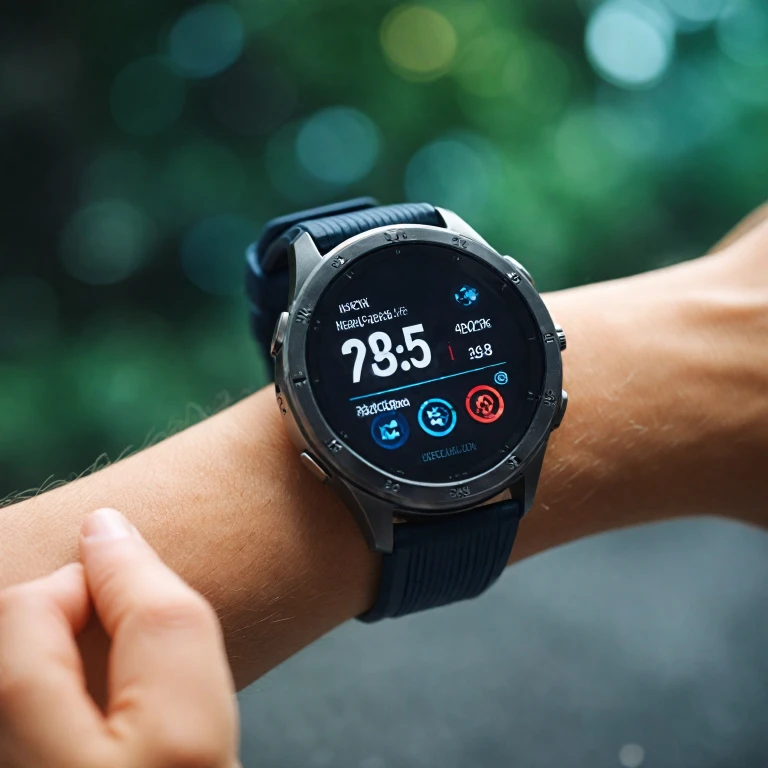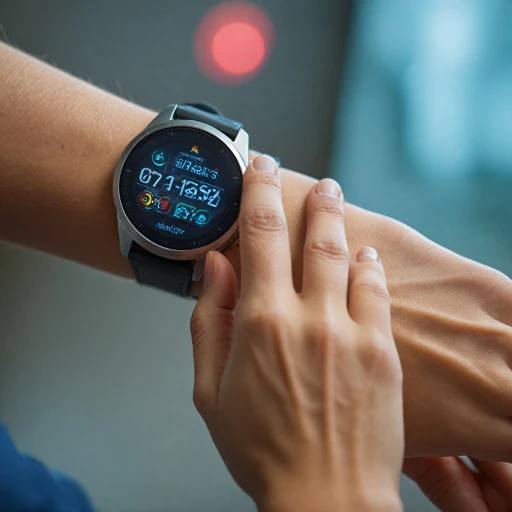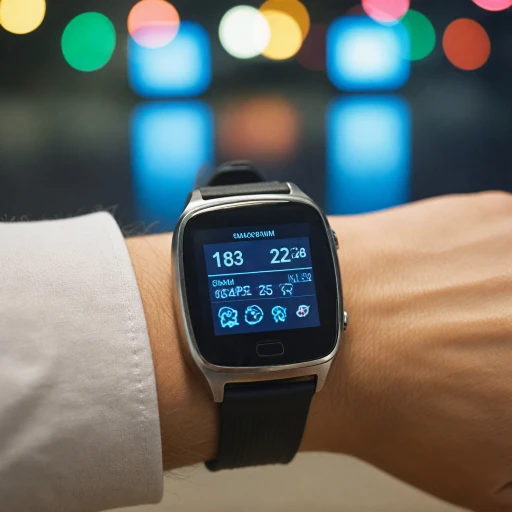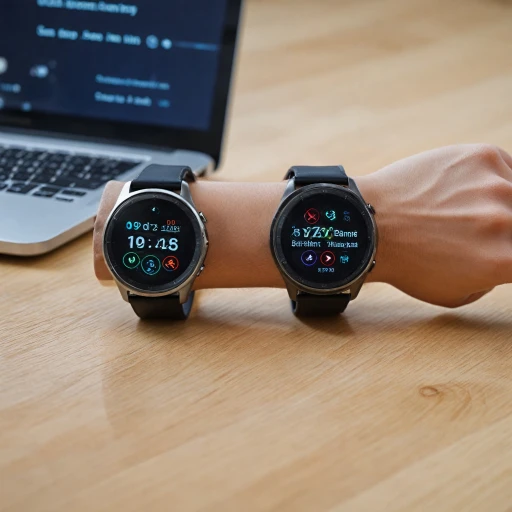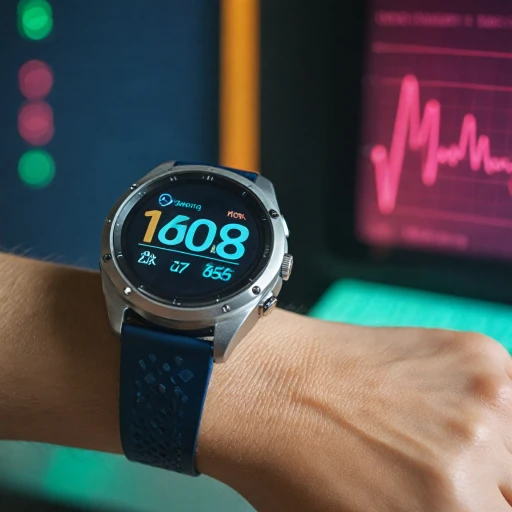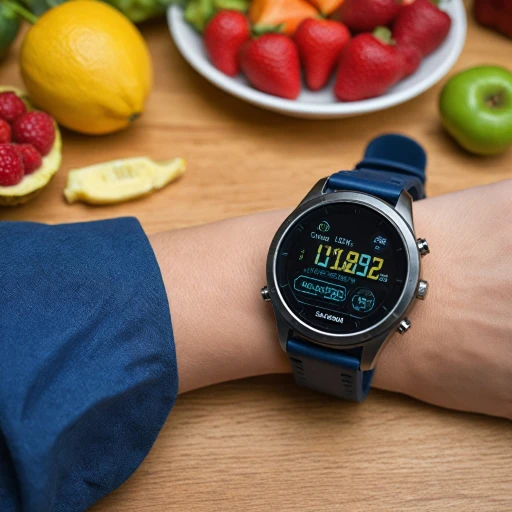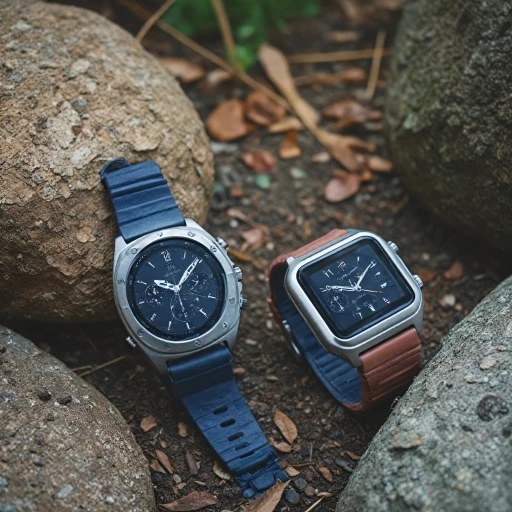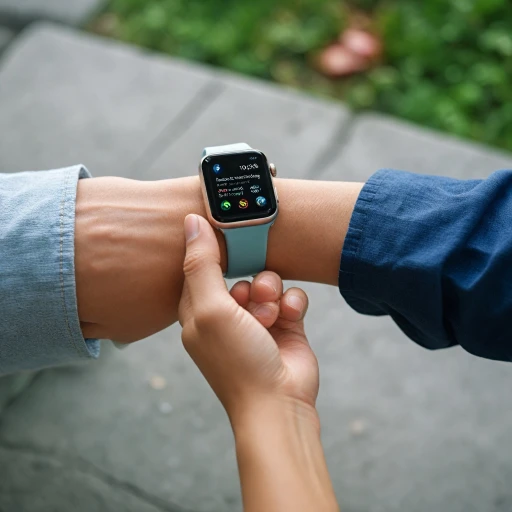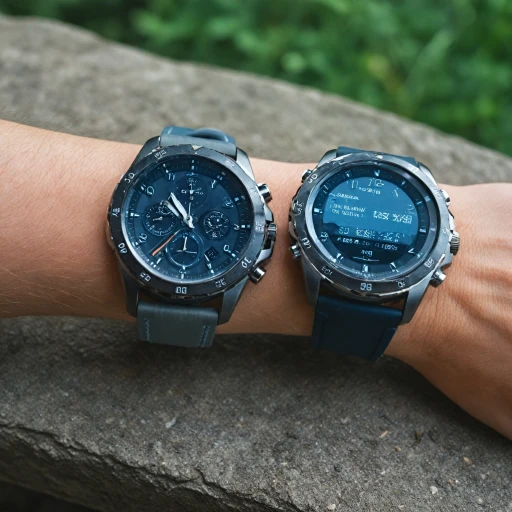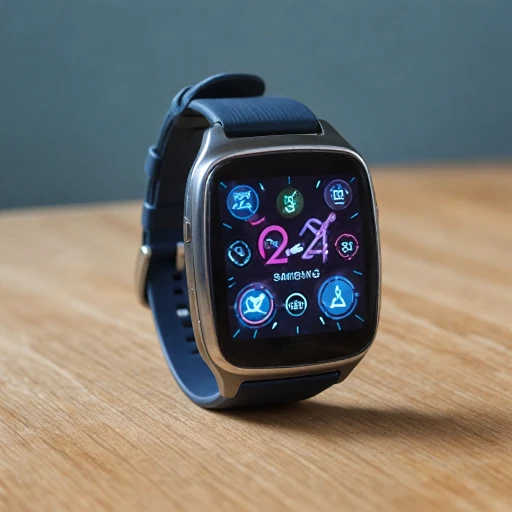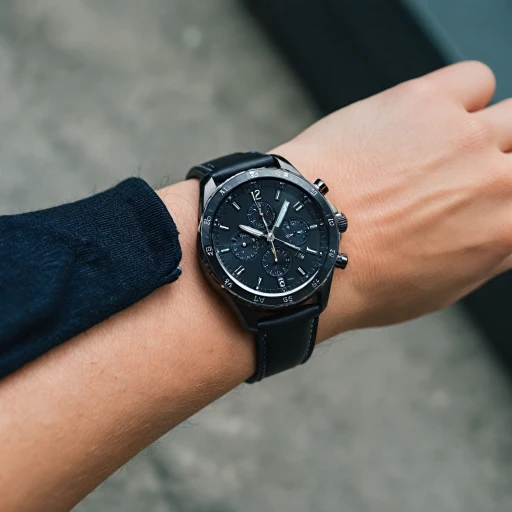
The Evolution of Smartwatches in Health Monitoring
Tracing the Journey of Smartwatches in Health Monitoring
Smartwatches have come a long way since their inception, transforming into powerful health monitoring tools. Initially introduced as companion devices for smartphones, these devices have evolved to offer much more than just basic notifications and fitness tracking. In recent years, they have made significant strides in monitoring various health metrics, including heart rate, sleep patterns, and even blood oxygen levels. However, one of the most groundbreaking advancements in this evolution has been the integration of continuous glucose monitoring (CGM) systems. For people with diabetes, managing blood glucose levels is crucial. Traditional methods, involving finger pricks and test strips, are often cumbersome and can hinder daily life. As the demand for more convenient and efficient solutions grew, the partnership between smartwatches and glucose monitors emerged. For instance, devices like the Dexcom CGM are now compatible with smartwatches, providing real-time glucose data directly to people's wrists. Smartwatches like the Apple Watch and Galaxy Watch have embraced this shift by incorporating smart health technologies, allowing users to receive continuous data about their glucose levels. These devices utilize small sensors to provide timely insights into the body's blood sugar status, offering a glimpse into smarter diabetes care. According to Understanding VO2 Max on Your Apple Watch, these advancements highlight the potential of smartwatches to champion personalized health management. The trend towards smarter, wearable health devices continues to gain momentum, promising further integration and innovation in the realm of glucose monitoring. While there are challenges and limitations to consider, such as ensuring accuracy and user-friendliness, the journey so far indicates a promising path toward more accessible health care solutions.How Smartwatch Glucose Monitors Work
The Mechanics Behind the Smart Glucose Monitoring
Smartwatches have evolved to include increasingly sophisticated health monitoring features, and glucose monitoring is at the forefront of this transformation. At the center of this advancement is the integration of sensors that can track glucose levels in real time. Technology like the Dexcom CGM has pioneered the way for continuous glucose monitoring directly from your wrist. Most smartwatches with glucose monitoring capabilities employ a small sensor that sits on the skin, often incorporated into a smart ring or other wearable device. This sensor is able to measure glucose levels in the interstitial fluid just beneath the skin. The collected data, which reflects blood sugar levels, is then transmitted to the smartwatch, allowing people to monitor their glucose levels discreetly and continuously. For instance, devices such as the Apple Watch or the Galaxy Watch integrate these sensors with their watch face, providing users with immediate visibility into their health status. With their continuous data transmission, these devices enable real time monitoring of blood glucose, offering valuable insights for people managing diabetes. In terms of functionality, these smartwatches operate with advanced software that processes the glucose data and presents it in an easy-to-understand format. Through finding the ideal health monitoring smartwatch, users can explore various devices on the market to find the one that best suits their needs for diabetes care. As these technologies develop, they promise to enhance the quality of life for those with diabetes by providing easy access to critical health information.Benefits of Using a Smartwatch for Glucose Monitoring
Improved Diabetes Management with Smartwatches
For individuals managing diabetes, maintaining optimal blood sugar levels is crucial. Integrating glucose monitors into smartwatches, like the Apple Watch or Galaxy Watch, offers a range of benefits for those seeking to improve their diabetes care routine.
One of the standout advantages of using a smartwatch for glucose monitoring is the convenience it brings. The device acts as a continuous glucose monitor (CGM), providing real-time data on one's glucose levels. This means that people with diabetes can receive alerts on their watch face without the need for traditional finger-pricking methods. Obtaining continuous glucose data empowers users to make informed decisions about their health, potentially reducing the risk of diabetes-related complications.
Another significant benefit is the discreteness and simplicity offered by these devices. The compact and stylish design of smartwatches enables users to monitor their glucose levels without drawing attention. Whether at work, exercising, or socializing, individuals can access their health data privately and efficiently.
Furthermore, smartwatches equipped with glucose monitors often integrate with health care platforms and apps. This connectivity allows better data management, as glucose data can be reviewed over time, providing valuable insights into trends and patterns. Health professionals might also gain access to this information, allowing for more personalized and effective diabetes care. Additionally, many smart devices incorporate other health-monitoring features, such as heart rate monitoring and fitness tracking, offering a holistic view of one’s health.
While traditional glucose monitors are primarily focused on providing blood glucose levels, smartwatches expand on this by offering other features that can aid in managing type diabetes. Some devices, like the Dexcom CGM, are already leading the field in providing innovative solutions for glucose monitoring. For more detailed insights on integrating advanced features in smartwatches, check out our related articles.
Challenges and Limitations
Obstacles in Seamless Integration of Glucose Monitoring
When diving into the world of smartwatch glucose monitoring, it's crucial to understand that while the technology holds great promise, it faces notable challenges and limitations. These obstacles must be addressed to realize its potential fully. First, accuracy remains a prominent concern. Continuous glucose monitoring (CGM) devices, which smartwatches rely on, need to deliver precise readouts to ensure effective diabetes care. Although manufacturers like Dexcom and other smartwatch producers are enhancing sensor technology, discrepancies can still occur compared to traditional glucose monitors, which measure blood sugar levels directly through finger pricks. Moreover, while the convenience of smartwatches is undeniable, the necessity of wearing them continuously can be seen as a downside for some users. Not everyone feels comfortable with a device strapped to their wrist round-the-clock, and removing the watch can lead to data gaps, affecting the continuity of glucose level monitoring. Battery life also represents a significant limitation. Continuous monitoring employs sensors that require power, and this can deplete the smartwatch’s battery more quickly than when used for other health metrics. In addition, integration with existing health systems and data platforms poses challenges. For people managing diabetes, seamless connectivity between the glucose monitor, smartphones, and health care providers ensures the practical use of glucose data. Developing universal compatibility between various devices, such as the Apple Watch and Galaxy Watch, with different monitoring platforms remains a complex task. Notably, despite technological advancements, the price point still restricts access for many. Advanced smartwatches and CGM devices often involve significant expenses, which can limit their availability to the wider population affected by type 1 and type 2 diabetes. Ultimately, to enhance the adoption and reliability of smartwatch glucose monitors, developers must address these technological and systemic limitations. As the technology evolves, ensuring that these challenges are met head-on will determine the future impact of wearables in diabetes care.Comparing Smartwatch Glucose Monitors with Traditional Methods
Smartwatch Glucose Monitors vs. Traditional Methods
When assessing the advantages of smartwatch glucose monitors over traditional methods, it's essential to consider various factors such as convenience, accuracy, and data accessibility.- Convenience: For individuals managing diabetes, continuous monitoring via a smart device eliminates the need for frequent finger-prick tests, offering a less invasive experience. Devices like the Dexcom CGM linked to a smartwatch ensure that glucose data is available at a glance, enhancing diabetes care.
- Accuracy: While traditional finger-prick tests directly measure blood sugar, smartwatches depend on sensors that analyze interstitial fluid. Technological advancements have elevated the accuracy of smart glucose monitoring devices, making them reliable allies for people's health management.
- Data Access: Smartwatches provide real-time glucose level insights, displaying information directly on the watch face or through smartphone apps. This real-time access to health data empowers individuals to make informed decisions, improving their diabetes care.
- Integration: With the rise of smart technologies, many users appreciate integrating their glucose monitor with other health-related functions found on their smartwatch, like fitness tracking and heart monitoring.
Future Prospects and Innovations
Innovative Trends in Glucose Monitoring
The landscape of glucose monitoring is rapidly evolving, with smartwatches at the forefront of this transformation. As technology advances, the integration of continuous glucose monitoring (CGM) systems into smartwatches is becoming more sophisticated. Devices like the Apple Watch and Galaxy Watch are pushing boundaries, offering real-time data on blood glucose levels directly on the watch face. This innovation is crucial for people with diabetes, providing them with the ability to monitor their health seamlessly throughout the day.
Advancements in Sensor Technology
One of the most exciting developments is the improvement in sensor technology. Companies like Dexcom are leading the charge with sensors that are more accurate and less invasive. These sensors are designed to work continuously, providing a steady stream of glucose data that can be easily accessed on a smartwatch. The goal is to make these devices as unobtrusive as possible, allowing users to focus on their daily activities without constant interruptions.
Integration with Health Platforms
Smartwatches are also becoming more integrated with broader health care platforms. This means that glucose data collected by the watch can be synced with other health metrics, offering a comprehensive view of an individual's health. This integration is particularly beneficial for people with type 1 and type 2 diabetes, as it allows for more personalized diabetes care and management.
Potential Challenges and Considerations
Despite these advancements, there are still challenges to overcome. The accuracy of smartwatch glucose monitors compared to traditional methods is a topic of ongoing research. Additionally, the cost of these devices can be a barrier for some users. However, as technology continues to improve and become more accessible, these challenges are likely to diminish over time.
The Future of Smart Glucose Monitoring
Looking ahead, the future of glucose monitoring with smartwatches is promising. As more companies invest in research and development, we can expect to see even more innovative solutions that make managing diabetes easier and more efficient. The potential for smart rings and other wearable devices to join the ecosystem is also on the horizon, offering even more options for continuous health monitoring.
